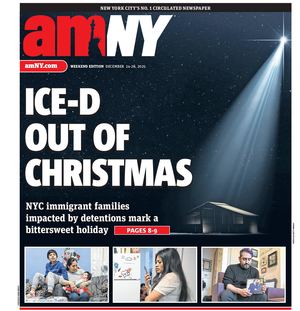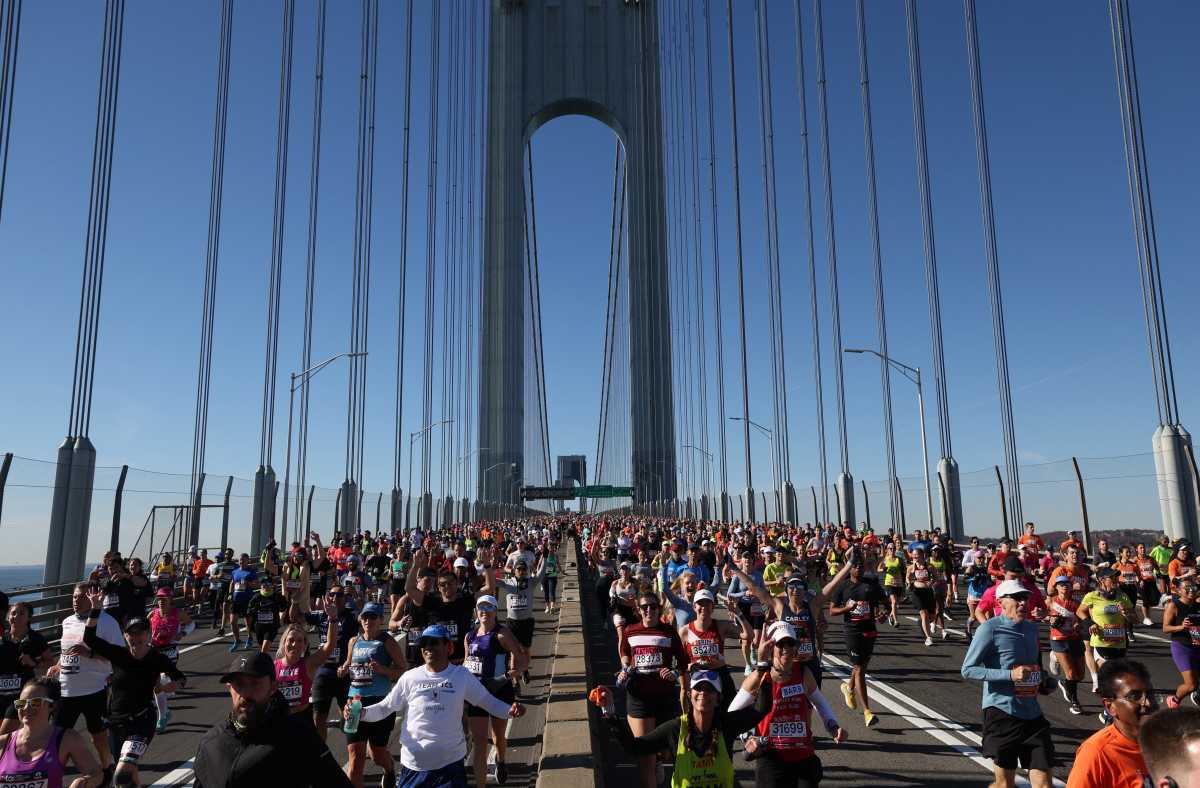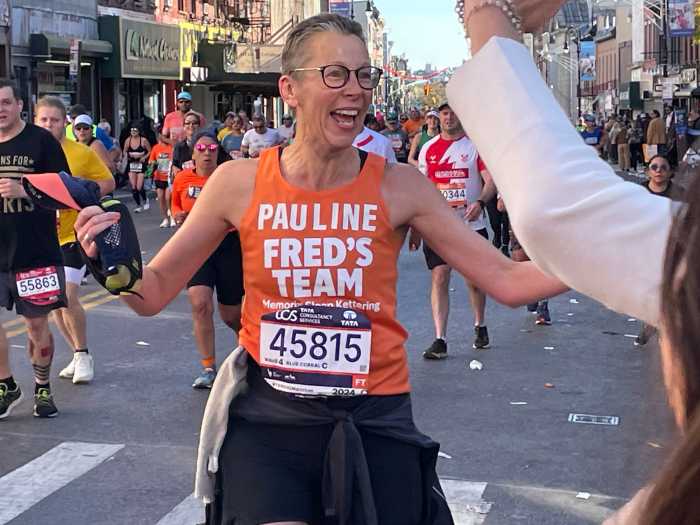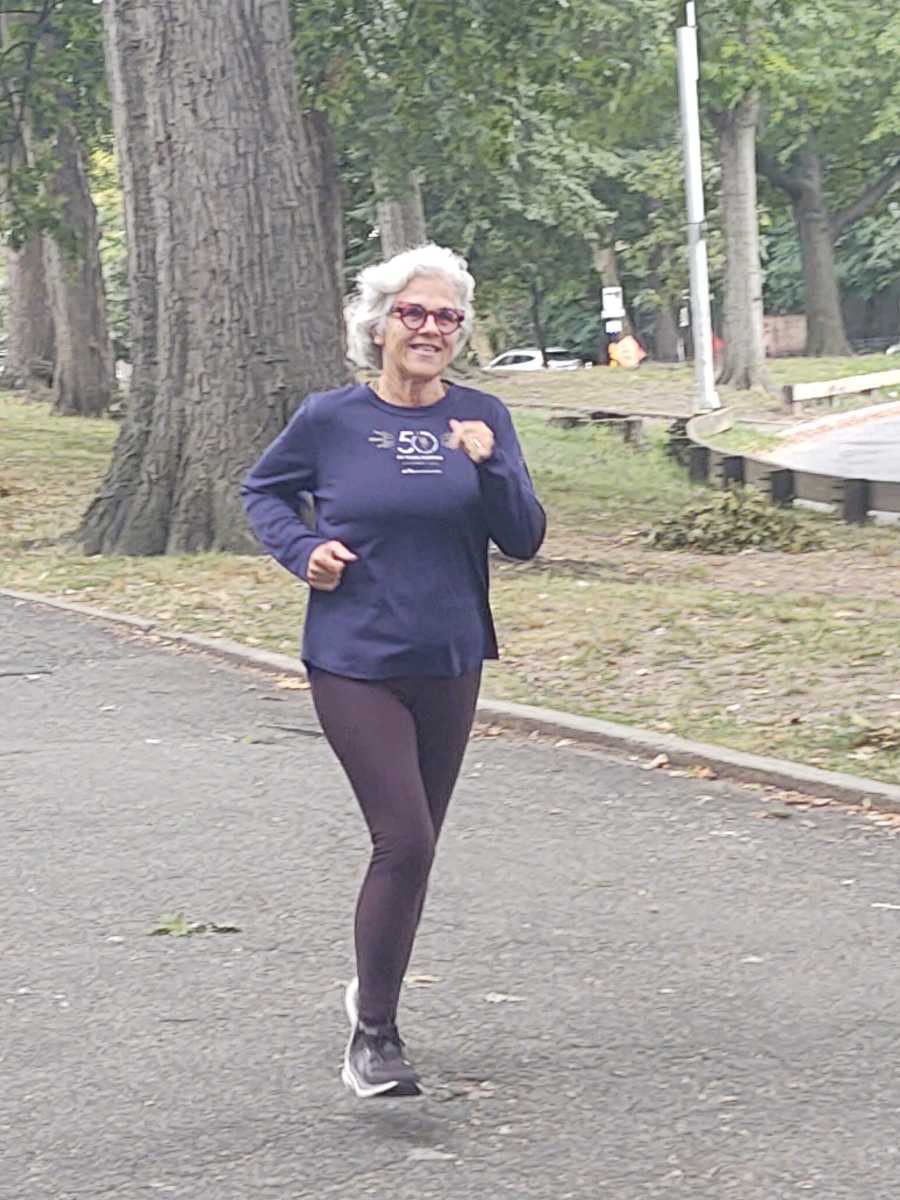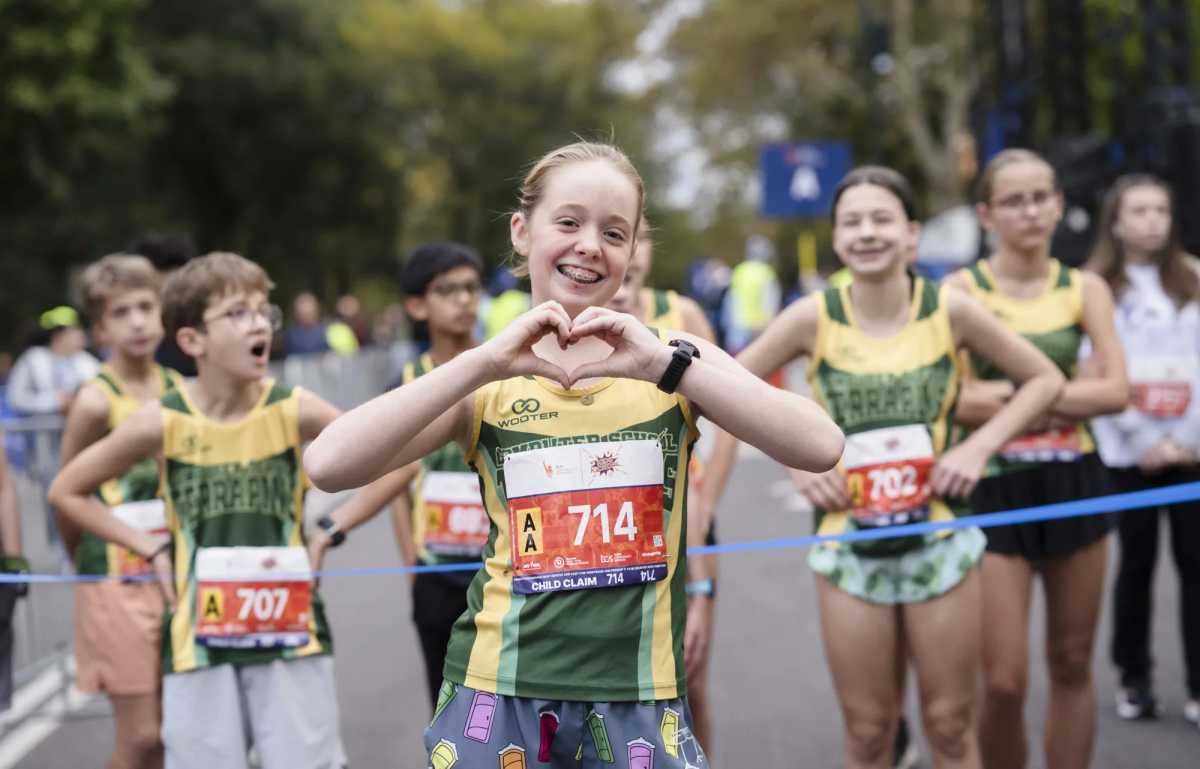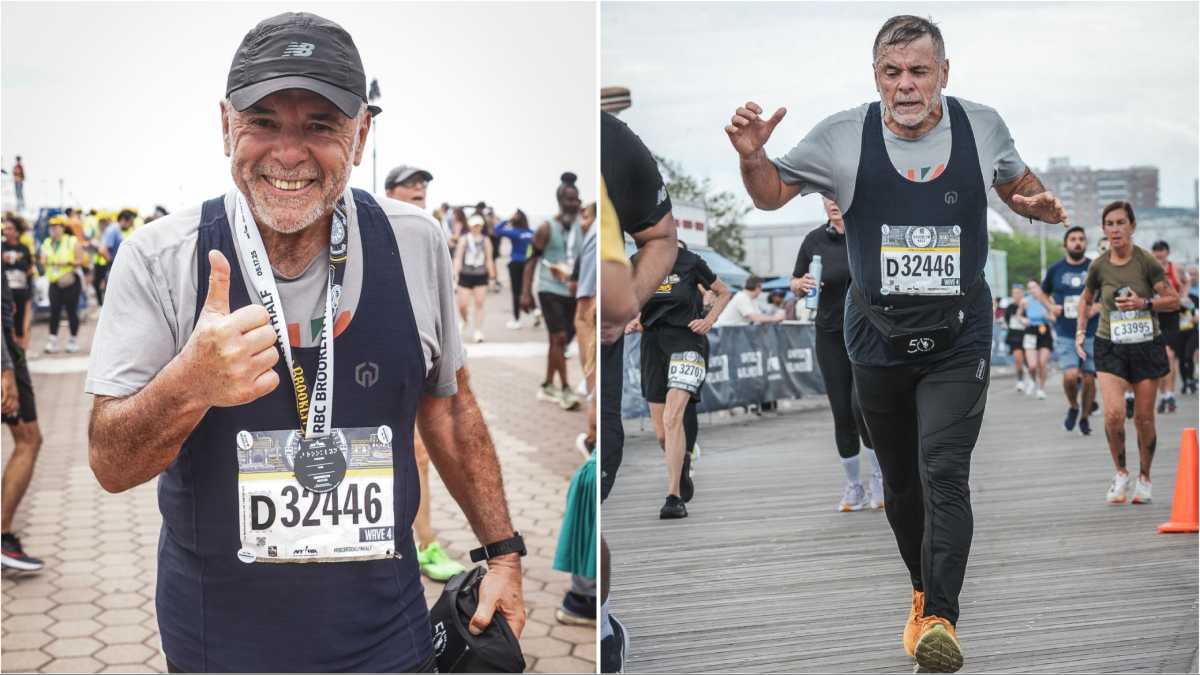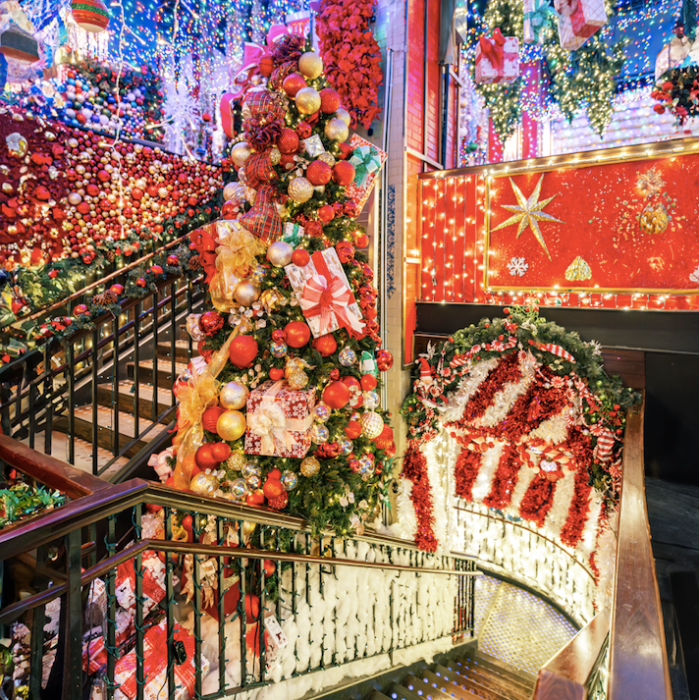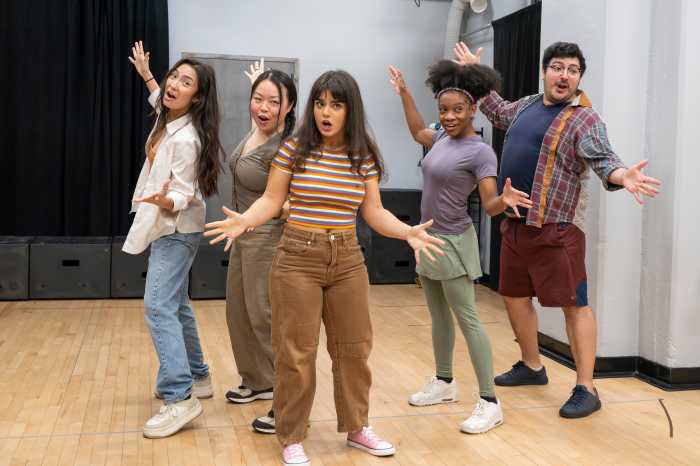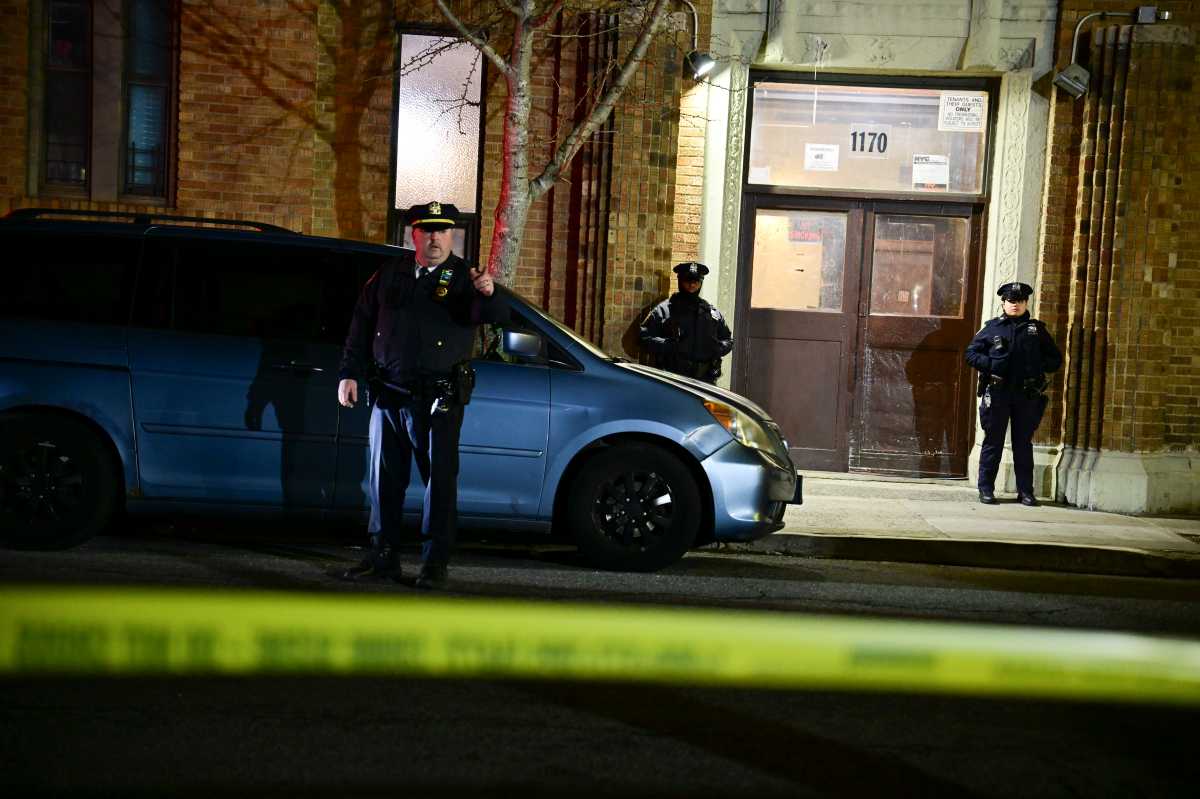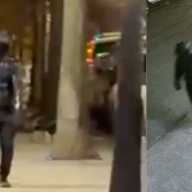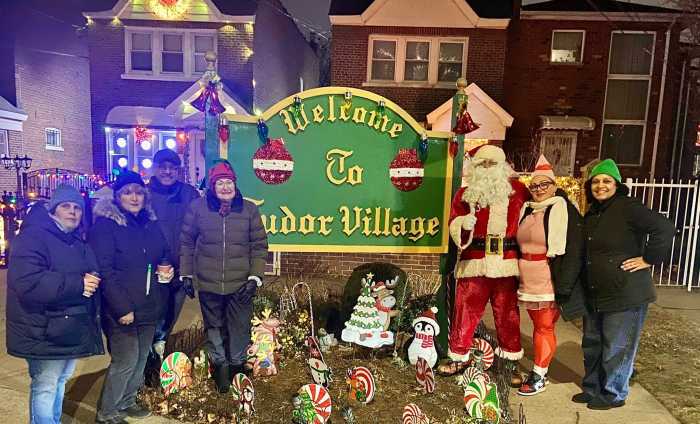For Ted Metellus, race director and chief event production officer for New York Road Runners, the first Sunday in November is always the best day of the year. Not because Halloween is over, or the holiday season is just ahead, but because that first Sunday is always TCS NYC Marathon Day.
As chief event production officer, Metellus is responsible for the logistics and coordination of race day activities. He leads event management teams, experiential events, youth events, safety and security and even oversees warehouse operations.
Hosting the marathon isn’t a one-time engagement between NYRR and various city agencies, but rather a year-round coordination effort with Citywide Event Coordination and Management, the Transportation Department, NYPD operations, the MTA and several other agency partners to produce over 60 Road Runners’ events.
“I think the question is better asked: what city agencies aren’t involved? It’s totally a citywide, statewide, even federal-wide effort,” Metellus said. “The agency roll-out gets larger and larger when we get closer to execution.”
The Sanitation Department coordinates with the DOT and NYRR operations to monitor conditions on the course year-round.
“There is a patch team that goes out and does some patchwork along the route,” Metellus said.
Work on the course is not limited to road repair. The agencies identify months in advance when route and traffic equipment need to be shifted, or when notices of other construction that may be underway and affect the flow of the race are issued.
“If the MTA is doing a build and getting a new elevator installed, which is currently happening, we are made aware of that,” Metellus said.
The NYC Marathon has run through all five boroughs for nearly 50 years, and each year, a complex chain of events begins on Saturday before the race to ensure it remains safe and enjoyable.
Overnight, builds on the Verrazzano-Narrows Bridge starts with the bridge closing in sections at approximately 9 p.m. Vehicles along the 26.2-mile course are cleared from the streets and intersections are closed to through traffic.
Operations caravan vehicles onto the bridge to build and dress the course with water stations and medical stations, service and entertainment stations, and fencing aid stations that indicate where the three courses are delineated before they merge into Atlantic Avenue.
Broadcast teams set their gear and agency partners begin their due diligence. In other words, they make a great effort to muster all staff, whether FDNY, EMS, or NYPD.
Then, the course is locked.
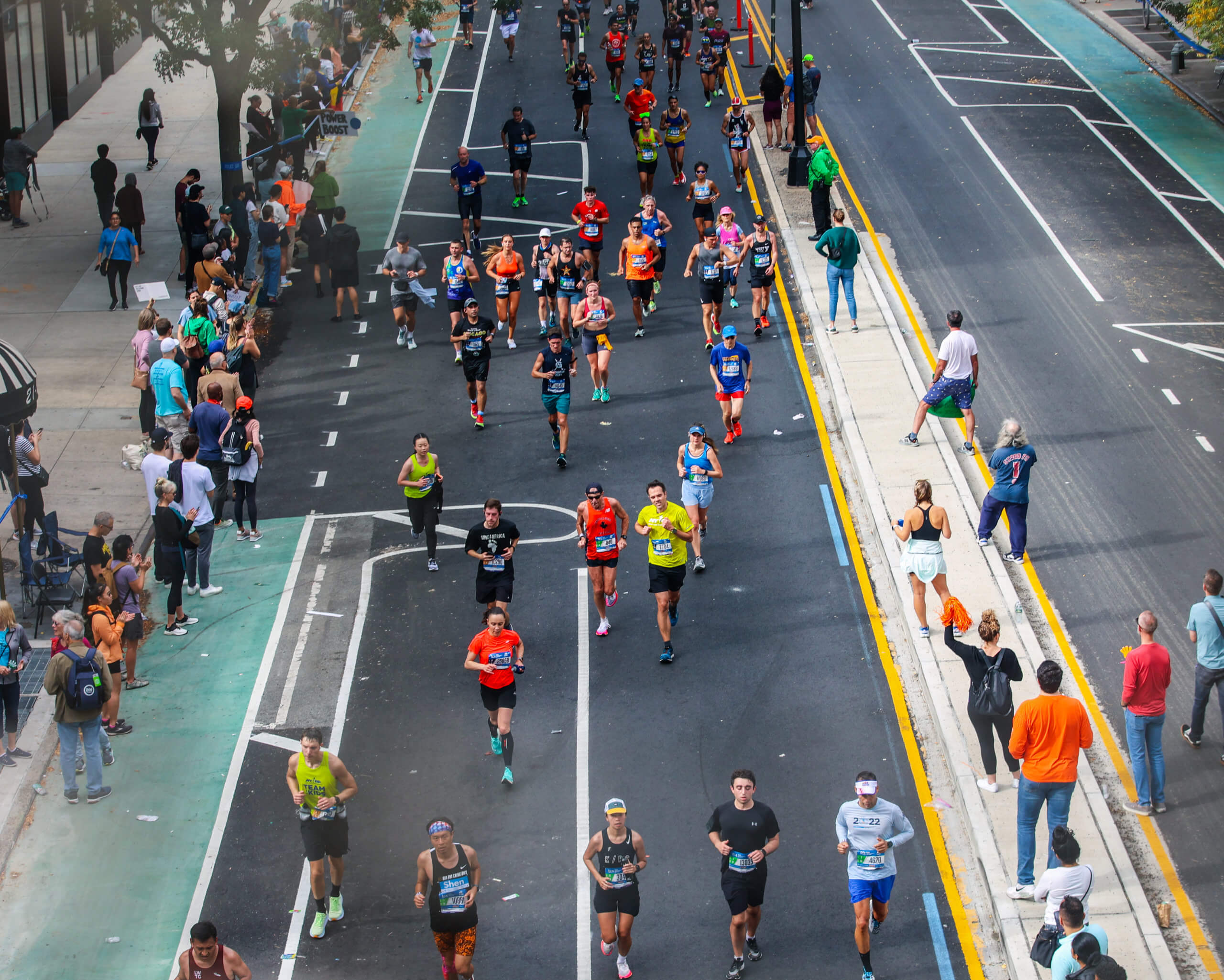
CECM and community affairs departments across city districts continue to inform their communities about modifications to where motorists can park and the last closure of the bridge occurs at approximately 7:30 a.m. Sunday morning, when no more vehicles cross the bridge.
The joint operations team receives a phone call, “All stations are where they need to be, all the equipment is where it needs to be, our volunteers are where they need to be,” Metellus said. “And then, it’s showtime.”
The secret of the Marathon’s intricate logistics is that the sequence of events happens simultaneously.
“I learned this 25 years ago at my very first event,” Metellus said. “Wherever you are, it’s not just that one thing that’s happening.”
The race begins with professional wheelchair athletes at 8 a.m., followed by the open division runners. As waves one through five start their races, the operations team begins to break down the course and reopen the Verrazzano.
Along the route, as the last wave of runners passes, clothing crews pick up clothes left behind. DSNY and private trash teams follow the runners, clearing out trash and debris left behind. NYRR operations break down all the amenities they have set up along the way.
“It’s almost like a Pac-Man game,” Metellus said. “They’re just gobbling up all of the things that got installed.”
There is a legacy to the marathon; Metellus knows that they are not creating things for the first time, but rather modifying and enhancing how the race runs.
Modifications like trash pens placed strategically along the route make it easier for cleanup to run more efficiently.
“Instead of having individual trash, running by it and trying to be Air Jordan, we have these larger pens set past the aid station so that the athletes can throw their compostable cups in there,” Metellus said.
The course is broken down into zones and the operations team knows how to proceed from the moment the first athlete crosses the finish line to the moment the last athlete completes their marathon.
The Post-race amenities have long been in place by this time. Medals are awarded, and more importantly, food, water and ponchos are handed out.
Runners can take photos with their friends and family, and just like that, it’s 11:30 am and the race is over.
Roads are reopened and traffic once again whizzes through the city’s vascular network of streets.
The marathon brings people together through the transformative power of running—people from all backgrounds and communities.
And to Metellus, this race means a lot. There are plenty of operational and logistical things that make Metellus proud to be a part of this race, but the thing he’s most proud of?
“It’s the collaboration with all of these agencies,” Mettelus said. “Getting them all on board and really celebrating something bigger than us.”
